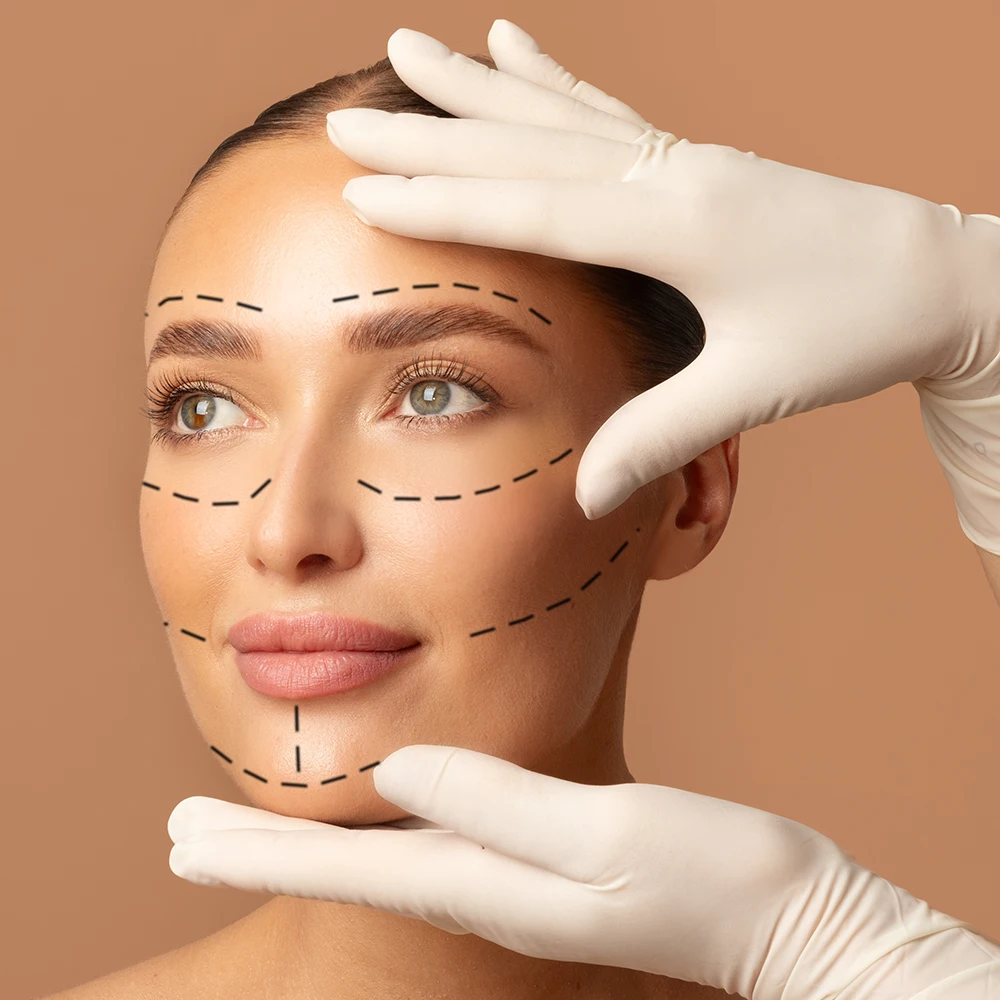Non-Surgical Alternatives to Facelifts: Do They Work?

The quest for youthful, rejuvenated skin often leads individuals to explore a variety of non-surgical treatments as alternatives to a facelift. While these options are appealing due to their less invasive nature and minimal downtime, it’s essential to understand their limitations. Ultimately, a facelift remains the gold standard for achieving comprehensive and long-lasting facial rejuvenation. Here’s why non-surgical alternatives may fall short.
Fillers: Volume vs. Laxity
Dermal fillers are commonly used to restore lost volume in the face, creating a plumper and more youthful appearance. However, fillers do not address the root cause of aging—skin laxity. As the skin loses its elasticity over time, adding more filler can lead to a “pillow-like” appearance, where the face may look smoother but not necessarily younger. The excess volume can distort facial features, resulting in an unnatural look rather than the desired rejuvenation. While fillers are excellent for enhancing specific areas like cheeks or lips, they cannot replace the comprehensive results a facelift provides.
Botox: Smoothing Wrinkles, But Not Lifting
Botox is another popular non-surgical treatment that can smooth out wrinkles and provide a mild “lifting” effect, depending on the placement. However, similar to fillers, Botox does not address skin laxity. It works by temporarily paralyzing muscles to reduce the appearance of wrinkles, but it does not tighten or lift sagging skin. While Botox is effective for treating dynamic wrinkles, such as those around the eyes or forehead, it cannot replicate the structural changes achieved through a facelift.
Skin Tightening Treatments: Maintenance, Not a Replacement
Non-surgical skin tightening treatments, such as radiofrequency or ultrasound therapy, can improve skin firmness and elasticity to a degree. However, these treatments are generally intended as maintenance rather than a replacement for a facelift. The results are often subtle and temporary, requiring repeated sessions to maintain any noticeable improvement. They do not provide the dramatic lifting and tightening that a facelift can achieve by addressing deeper layers of the face.
Laser Treatments: Surface-Level Enhancement
Laser treatments, including CO2 laser resurfacing, are excellent for enhancing skin quality, texture, and tone and are a great adjunct to facelift surgery. These treatments work on the skin’s surface, helping to reduce fine lines, wrinkles, and pigmentation. However, like other non-surgical options, laser treatments do not address the underlying causes of facial aging, such as deep tissue laxity or excess skin. While they can enhance overall skin appearance, they are not a substitute for the comprehensive rejuvenation that a facelift offers.
Why Facelift is the Gold Standard
A facelift is the only procedure that addresses the underlying causes of facial aging, such as laxity in the SMAS (superficial musculoaponeurotic system) or deep plane layers, fat repositioning, and removal of excess sagging skin. Non-surgical treatments can complement a facelift or serve as maintenance but cannot achieve the same level of rejuvenation. A facelift remains the most effective option for those seeking a significant and lasting transformation.
Learn More About Your Facial Rejuvenation Options
Choosing the right approach to facial rejuvenation is a deeply personal decision that benefits from professional insight. A facelift offers unparalleled results by addressing the root causes of aging, and Dr. Sohn combines advanced surgical techniques with a deep understanding of facial aesthetics to deliver natural, long-lasting results. To learn more about how a facelift can help you achieve your desired appearance or to explore the best options for your unique needs, contact us today to schedule a consultation.

